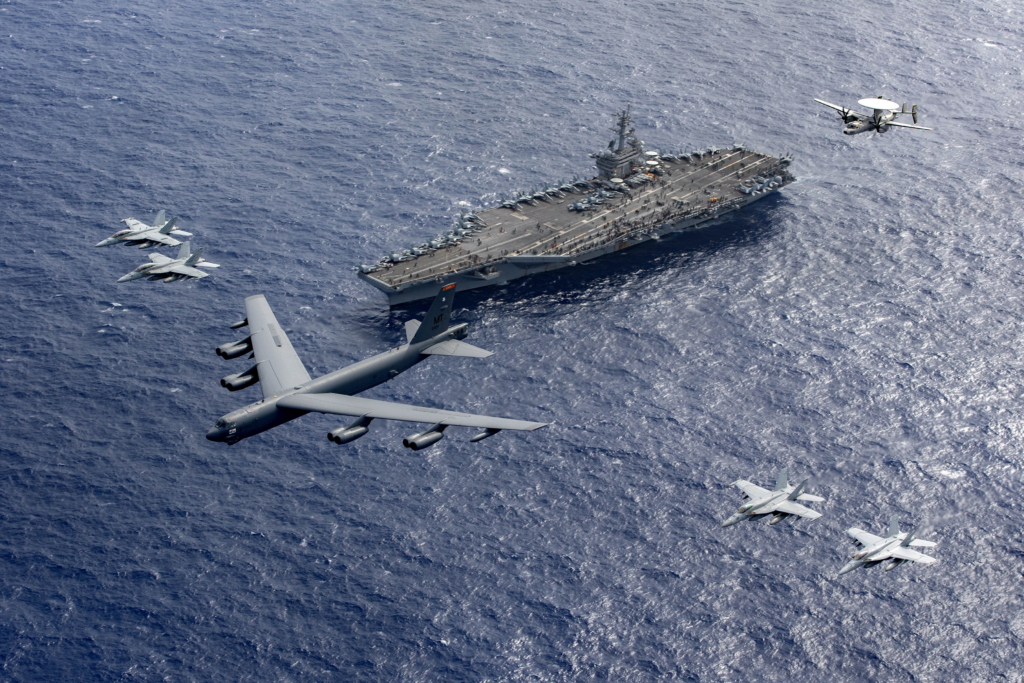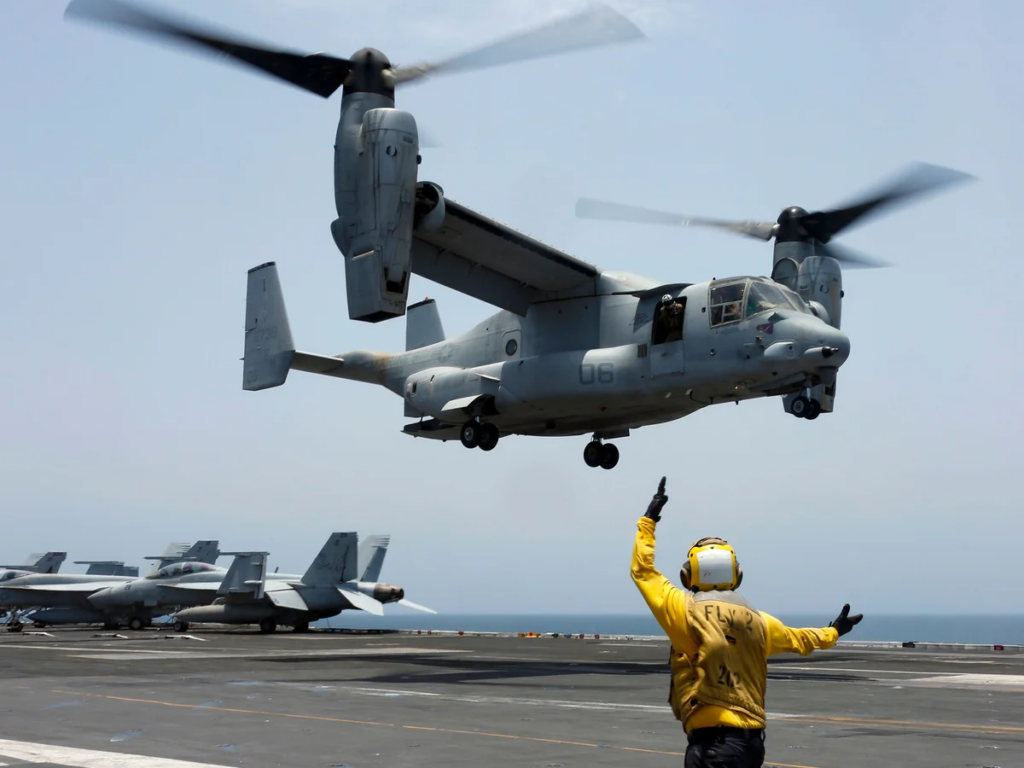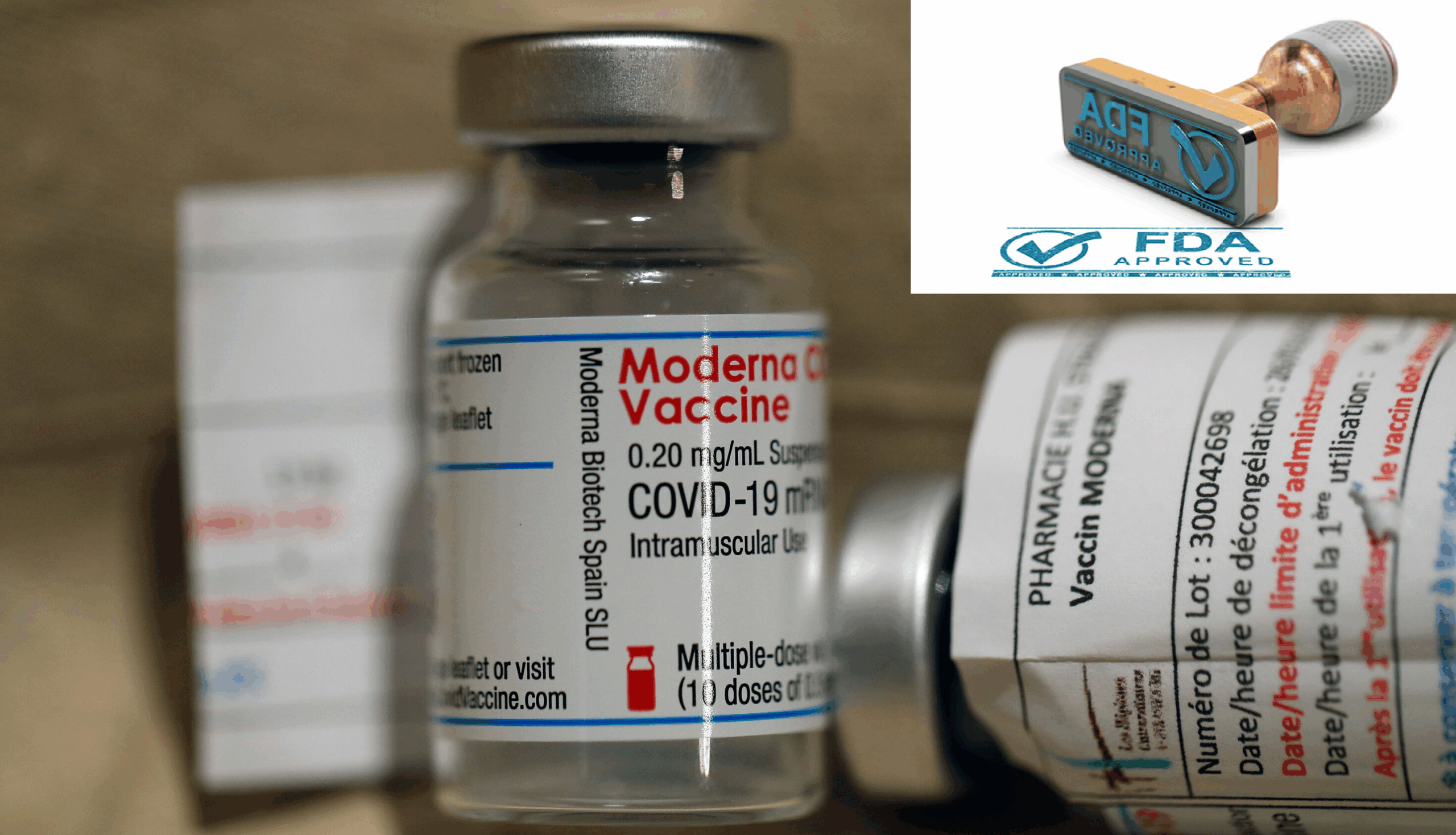The Pentagon has increased its military presence in the Middle East. This move includes ordering additional squadrons and air units to the region. It has also extended the USS Harry S. Truman Carrier Strike Group’s deployment. Additionally, the USS Carl Vinson Carrier Strike Group is en route to join it.

Why the Pentagon is Increasing Its Military Presence
This military buildup responds to rising tensions in the region. The U.S. is particularly concerned about the Yemen-based Houthis. The Houthis have made threats against shipping in the Red Sea. Iran’s involvement in regional conflicts also raises alarms. By strengthening its presence, the U.S. aims to enhance deterrence and prevent escalation.
Extended Deployment of USS Harry S. Truman
The USS Harry S. Truman was scheduled to leave the area soon. However, its deployment has been extended by at least a month. This move ensures that a U.S. carrier remains in the region. The extension allows the Pentagon to maintain strategic flexibility and readiness.
Arrival of USS Carl Vinson in the Middle East
Previously, the USS Carl Vinson operated in the Indo-Pacific. Now, it is heading to the Middle East. Its arrival will create an overlapping two-carrier presence. This double-carrier setup strengthens U.S. force projection and deterrence capabilities.

U.S. Military Actions Against the Houthis
The Pentagon has launched airstrikes against Houthi targets. These strikes followed Houthi threats to resume attacks on Red Sea shipping. The U.S. wants to prevent disruptions to global trade routes. By targeting the Houthis, it aims to neutralize threats before they escalate.
Regional Implications of the U.S. Military Build-Up
The increased U.S. presence sends a strong message to regional actors. Iran-backed militias and hostile groups may rethink aggressive actions. U.S. allies in the Middle East may also feel reassured. However, adversaries might view this move as an escalation. The situation remains delicate, with tensions running high.
The Pentagon’s decision reflects the volatile nature of Middle Eastern geopolitics. The U.S. seeks to protect its interests while ensuring regional stability. The extended deployment of the USS Harry S. Truman and the arrival of the USS Carl Vinson demonstrate a firm commitment. Whether this buildup deters further conflict or escalates tensions remains to be seen.
Our Visitor






 Users Today : 16
Users Today : 16


